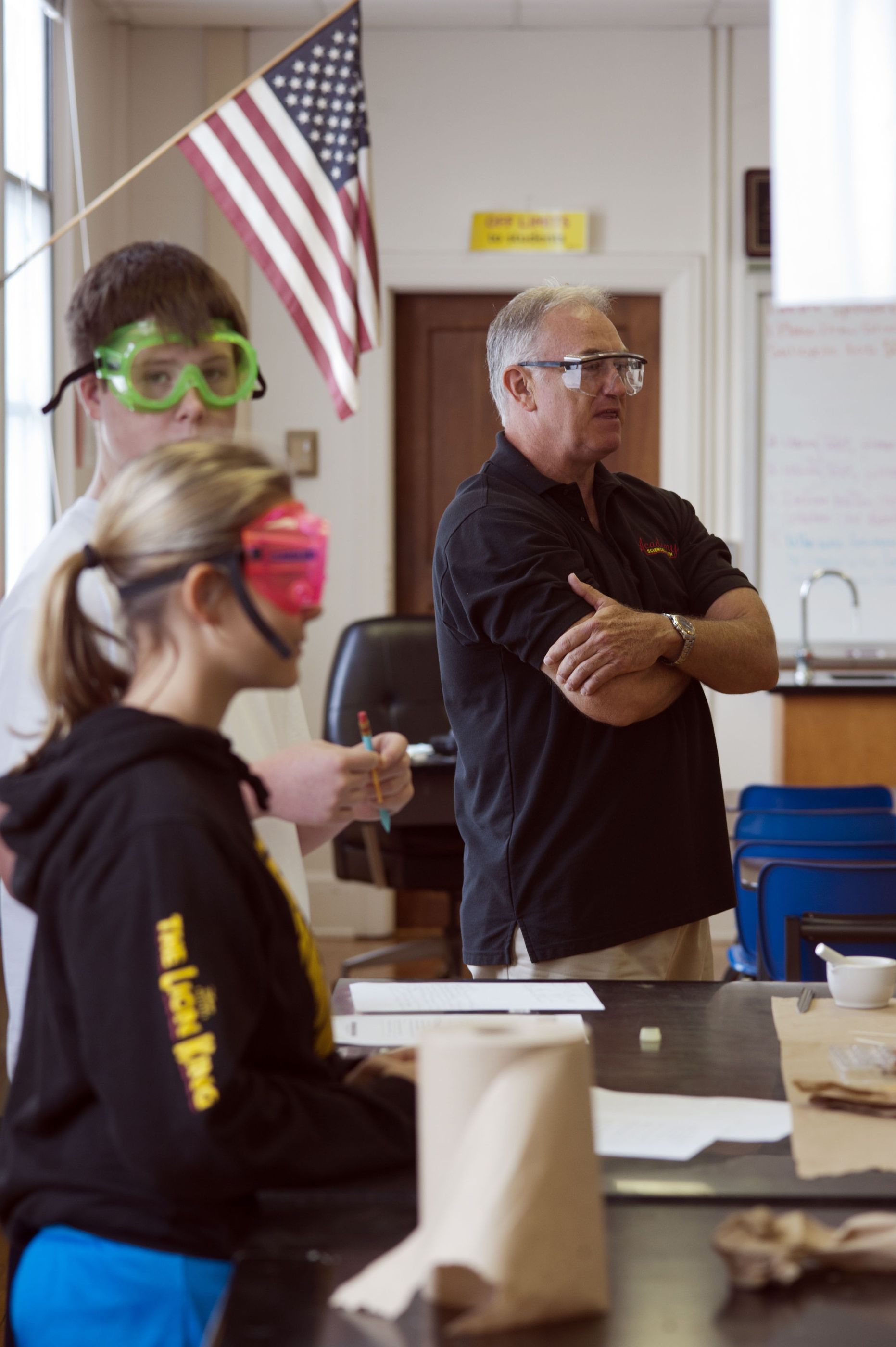Teacher recruitment in full swing
Published 12:00 am Sunday, July 27, 2014
The first day of school is less than a month away, and the Rowan-Salisbury School System still has 21 teaching positions to fill for the upcoming school year.
But Superintendent Dr. Lynn Moody said she’s not alarmed.
“We will do everything in our power to make sure there is a high quality classroom teacher in each of those rooms,” Moody said.
Director of Human Resources Kristi Rhone said there were “close to 60” positions to be filled over the summer, a number slightly higher than normal. The district has hired 32 teachers, and seven positions are pending, leaving 21 to be filled.
“It’s our plan to fill all positions before school,” Rhone said, adding that she hopes to have all new hires processed before teacher orientation week in August.
Teacher training days begin Aug. 19. The first day for students is Monday, Aug. 25.
If some positions are still empty, substitute teachers will fill the gap, according to Moody. The superintendent said she’d prefer to begin the year with a substitute in the classroom and hire a quality permanent teacher than hire a teacher who isn’t a good fit.
If you hire just to have a body in the classroom, “then you just spend the next two years trying to get rid of that person,” she said.
Hiring the right people is critical, according to Derek DiStefano, principal of Morgan Elementary.
“Teacher recruitment is probably one of the best things you can do as far as school improvement,” he said.
When he hires a new teacher, DiStefano said he looks for someone with a strong understanding of ethical behavior and a true passion for the teacher mission.
“Those are the two things you can’t teach,” he said.
DiStefano said he also looks for teachers with a positive attitude.
“Our job is hard,” he said.
When a teaching position becomes available, the vacancy is posted for 10 days on the Rowan-Salisbury School System and North Carolina Department of Public Instruction websites.
Interested teachers apply, and then send their individual resumes out to different principals. Principals then conduct interviews with at least three candidates for each position.
DiStefano said he feels it’s important to get other staff members involved in the process to make sure “they’re a good fit for the community.”
He uses the same list of 12 questions as a basis for his interviews, because he feels it’s important to have a uniform standard to compare the applicants to.
DiStefano and his hiring team come up with a quantitative score for each of the applicants and compare who they think the strongest ones are.
DiStefano checks references, and then makes a final decision.
“Ultimately, it becomes the principal’s decision,” he said.
Then, he makes a recommendation to human resources. In turn, human resources conducts a background check, checks licenses and verifies references if needed.
In order to teach for the district, a teacher must hold a current license, pass a medical examination and background check, go through a reference check and have a track record of success.
Although summer is a heavy time for recruitment, it’s a principal’s job is to constantly be recruiting, Moody said.
“It’s a revolving door. We’re always recruiting. There’s always a job available in some area,” she said.
Recruitment can be tricky, though, since North Carolina is the 48th lowest-paying state in the nation, and Rowan-Salisbury is the lowest-paying district in the region.
Moody said it’s important to build a “culture of where people want to work, even if the salaries aren’t as high.”
DiSteffano agrees.
“I’ve been working really hard to provide the type of atmosphere in a school that teachers want to come to,” he said.
Perhaps the biggest draw to Rowan-Salisbury School System is the district’s one-to-one digital conversion. Each teacher has a digital device provided by the school system.
The devices are supplemented with intense professional development to help teachers use technology the most effective way possible.
The goals in the district’s new strategic plan and literacy framework are also selling points for teachers.
“We’re trying to rethink how we’re recruiting,” Moody said. “It’s not as effective as we would like it.”
That’s why district leaders are forming a recruitment and induction design committee to improve the school system’s recruiting process.
In early May, the district held its first job fair in 10 years.
The event was a success, Moody said.
She added that they’re planning to hold more in the future, and possibly more than once a year.
Holding a job fair earlier in the school year could help implement Moody’s next strategy — hiring early.
“That’s one of the best recruitment tools,” she said.
For instance, Moody proposed looking at the five-year data for turnover amongst math teachers. If the district typically hires eight math teachers each year, they might offer contracts to four applicants before the end of the school year. While the contracts would be for the district rather than a specific school, it would give the district a head start to fill their positions at the end of the school year.
Recruiting recent graduates is important. Moody said the district looks at nearby colleges and universities and sends teachers and principals to those schools to talk to teaching students.
When Moody speaks to graduate-level classes, she makes sure to follow up on those visits.
Social media is another tool Moody wants the district to capitalize upon more. Not only can social media be used to advertise positions, but it can be used to inform applicants about the district’s mission and focus.
Moody is also working to begin a foundation to support professional development for Rowan-Salisbury teachers.
Retaining good teachers is more important than recruiting new ones, though, Moody said.
“The cost of hiring a teacher is significant,” she said. It takes time, energy and training.
Professional development is “critically important to our work in retaining good teachers,” Moody said, adding that it’s “inspiring and motivational” to see how much teachers appreciate the tools to grow professionally.
“I’m going to continue to look for professional development,” she said.
Last year, the Rowan-Salisbury School System saw a teacher turnover rate of 13.93 percent. Charlotte-Mecklenburg’s was higher at 15.9 percent, while Cabarrus, Iredell, Mooresville and Kannapolis City’s were lower, at 13, 12.68, 12.31and 11.75 percent respectively.
Numbers for this year aren’t in yet, but Rhone said the highest turnover is amongst math, science and exceptional children teachers.



